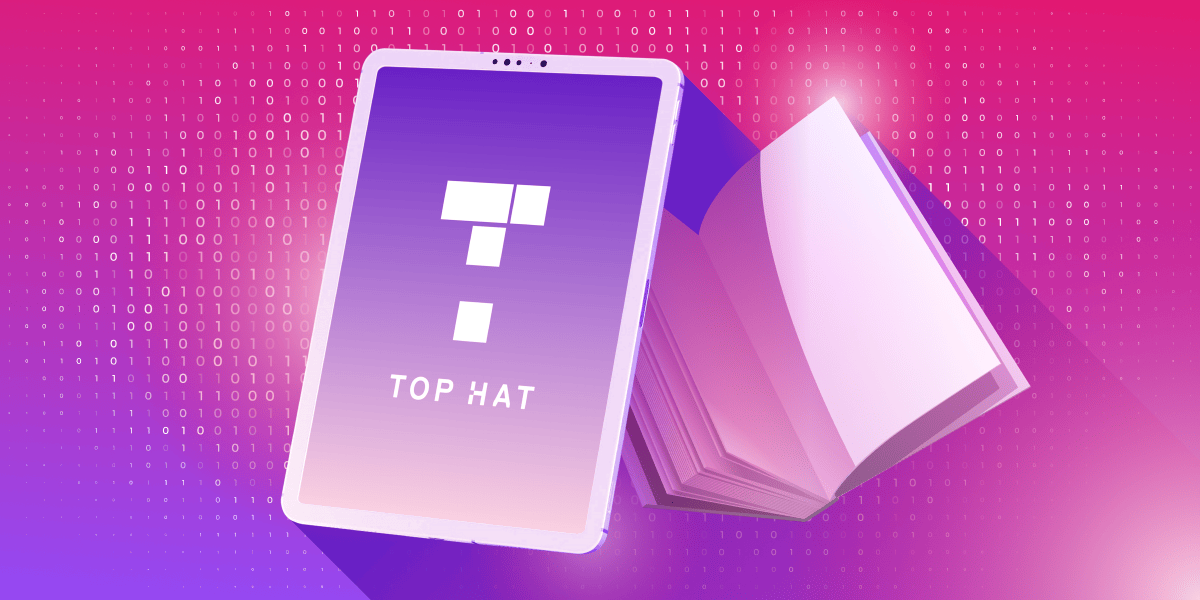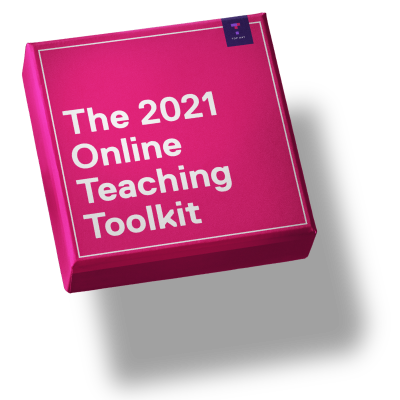
What is
Educational Technology
Educational technology is software that allows instructors to create a fully virtual teaching and learning environment. Educational technology (often referred to as ed tech) has become increasingly important to university faculty and administrators as they seek ways to offer blended or hybrid courses. Educational technology serves as a supplement to educators’ own instruction by allowing for more interactivity and engagement. In practice, this may include facilitating polls or discussions in class or taking attendance via an educational technology platform versus with paper and pen. “Technology will never replace great teachers, but in the hands of great teachers, it’s transformational,” says George Couros, Adjunct Instructor in the Graduate School of Education at the University of Pennsylvania and author of The Innovator’s Mindset.
Educational technology helps instructors create an active learning environment no matter their discipline. Educational technology has had a particularly profound impact in Science, Technology, Math and Engineering (STEM) courses. Educational technology is important in STEM classes as instructors may host interactive simulations that let students experiment in a risk-free environment. Ed tech can also help STEM students create visual representations of large data sets, enhancing their critical thinking and analytical skills. STEM instructors may use educational technology to conduct virtual labs, thereby reducing the need for physical lab space and equipment.
Educational technology has drastically changed higher education over the years. There are a number of ways instructors benefit from using educational technology in the classroom. These include creating dynamic textbooks that are filled with custom case studies related to today’s headlines. Another example of educational technology use is the process of gamification, where games and activities are imported into class lessons to reinforce concepts in a fun way. Attendance, homework assignments and quizzes can also be administered via educational technology and help educators gauge which students are the highest and lowest performers.
The 2021 Online Teaching Toolkit
The teaching strategies, tools and activities to engage students in your online or blended course!

